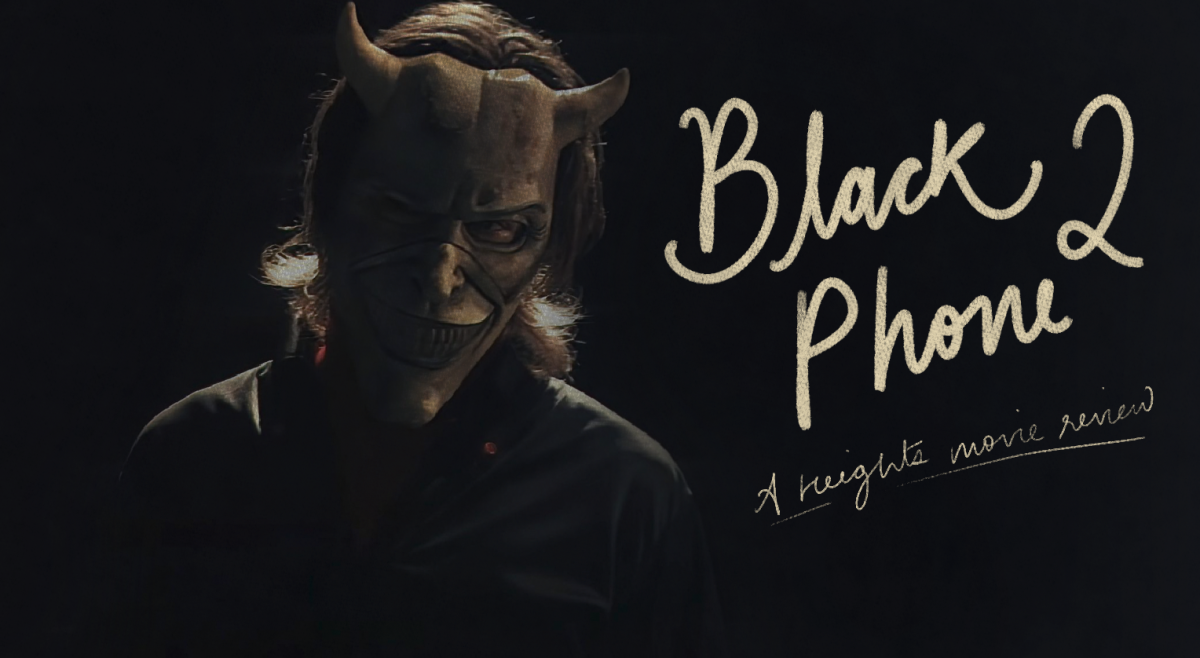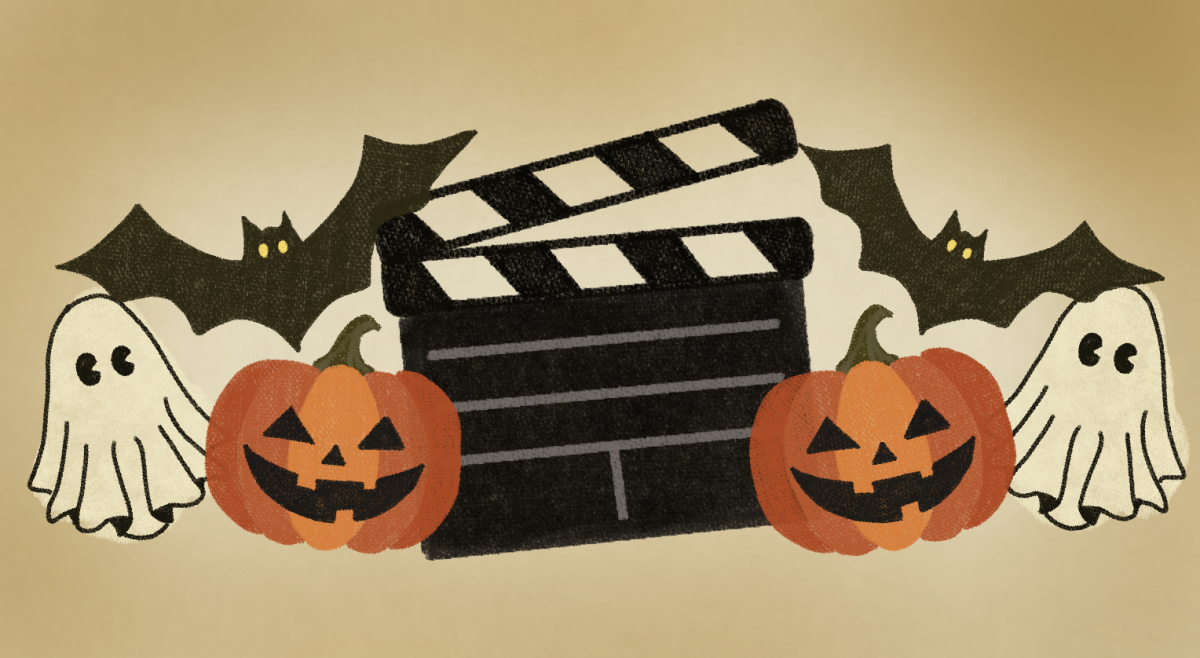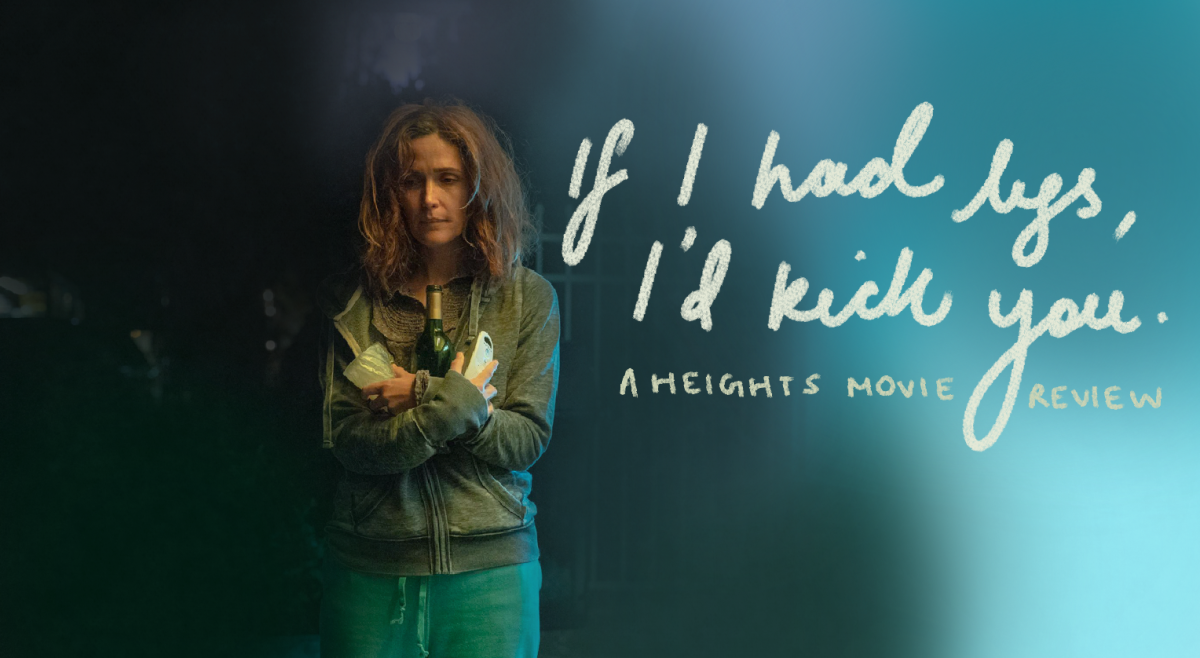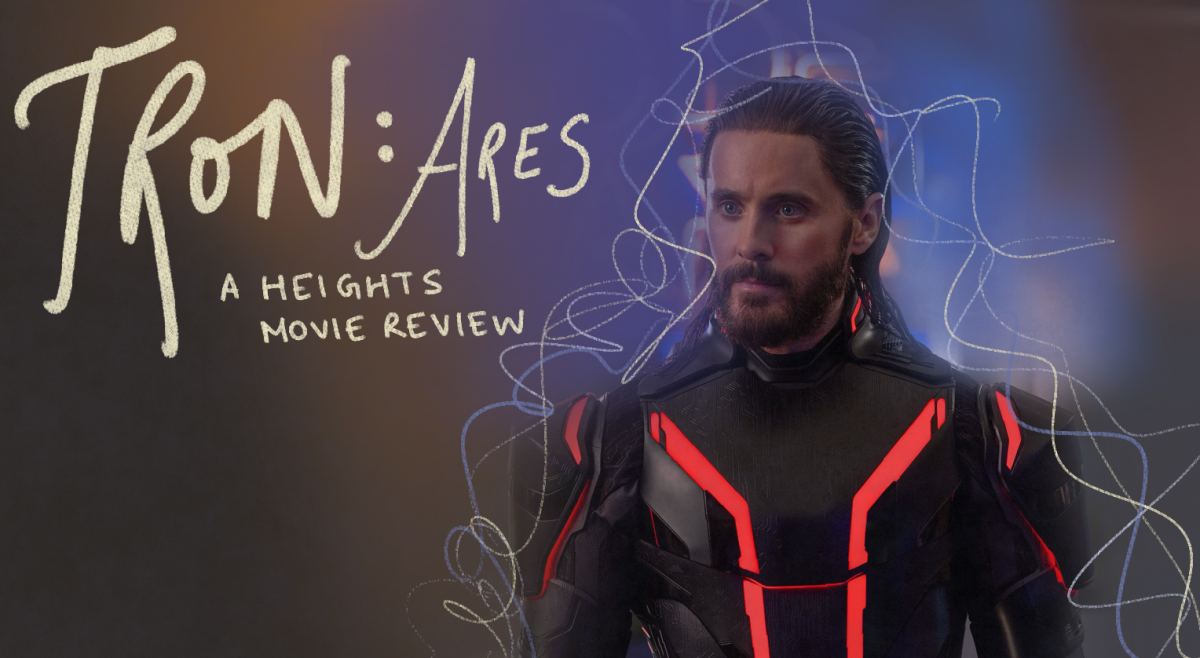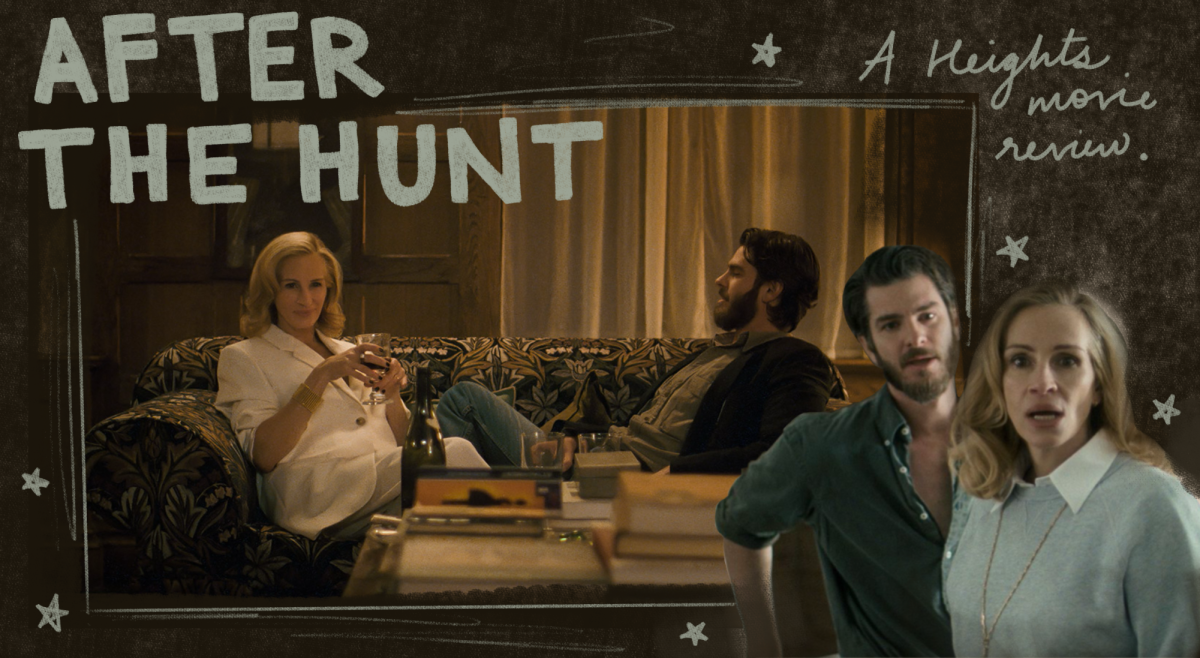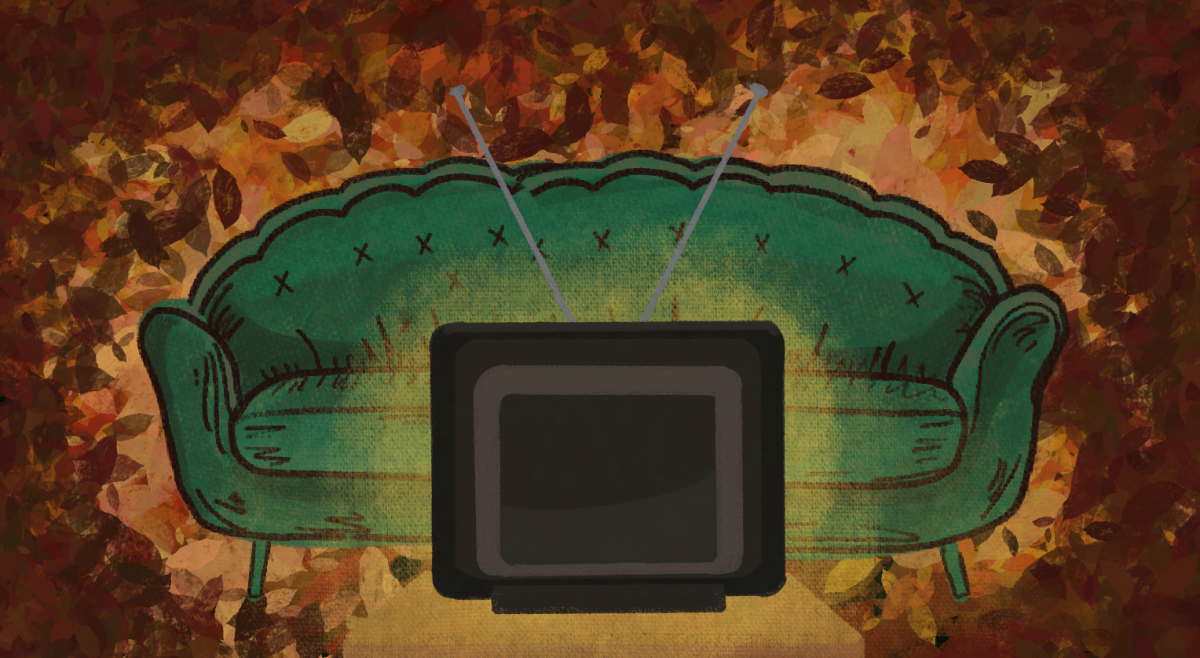★★★★☆
Horror fans have at least one treat in store this Halloween with Black Phone 2. The film is a perfect expansion of the original’s themes and lore, maintaining the tone of the franchise while giving viewers a taste of a new setting and aesthetic.
Black Phone 2 follows Finney (Mason Thames) and his sister, Gwen (Madeleine McGraw), as they venture to a Christian camp during a blizzard to confront the lingering spirit of The Grabber (Ethan Hawke).
If Finney stole the show in the first movie, then Black Phone 2 obviously belongs to Gwen. Her extended dream sequences are what give the film its thematic depth and unique cinematography.
Both Finney and Gwen are grappling with the fallout of the first movie. Finney has become addicted to weed as he tries to forget the trauma of his abduction, while Gwen’s dreams of the events have grown more vivid and intense. This puts a strain on the siblings’ relationship: Gwen needs someone to talk with about her dreams, but Finney needs to forget his past.
Gwen’s dream sequences were a staple of the original film and have evolved in Black Phone 2. She begins to sleepwalk as she realizes that her dreams take place somewhere in between the real world and a spirit realm. She uses this to her advantage, figuring out that The Grabber’s spirit is still lingering at a camp in the mountains.
Gwen’s dreams are also how The Grabber can still terrorize Gwen and Finney. By haunting Gwen’s dreams, anything that The Grabber does to Gwen in the dream world also affects her in real life—if she dies in her dreams, she’ll be dead for good.
The dreams are an organic way for The Grabber to return to the story while maintaining the integrity of his death in the first film. It doesn’t feel cheap or forced, but rather a natural progression of the story.
The truly unique part of the dream sequences is that they were all filmed on Super 8, giving the scenes a fuzzy texture that worked perfectly to distinguish reality from dream. Super 8 is rare to see in wide-release films, and went along well with the ’80s vintage aesthetic of the film.
The blizzard aesthetic is also a new direction for the film series. Horror typically revolves around a more dark and fiery aesthetic—rarely is the backdrop a cold, snowy environment.
“Hell isn’t flames,” The Grabber tells Finney at the climax of the film. “It’s ice.”
McGraw steals the show in her depiction of a Grabber victim. She encapsulates the sheer terror, but also draws strength from her emotional connection to her mother.
Thames gives a similarly good performance in how he plays a scarred and hardened version of Finney. This works well as Finney enters older-brother protection mode to save Gwen from The Grabber.
To round it out, Hawke does a great job, as The Grabber once again, sending chills throughout the audience with his menacing monologues.
The film’s supporting cast is a downgrade from the first movie, though. All of the characters introduced at the camp are unremarkable and insignificant to the plot. Even the victims of The Grabber are unmemorable this time around—their backstories are underdeveloped, and their characters are lacking as a result.
Black Phone 2 is also relatively light on scares, which isn’t surprising given that the original film leaned into psychological horror elements more than anything else. Still, for a horror movie, viewers won’t be left feeling scared. There’s enough exciting new direction in this sequel that even horror fans won’t be missing the horror that is lacking in Black Phone 2.

